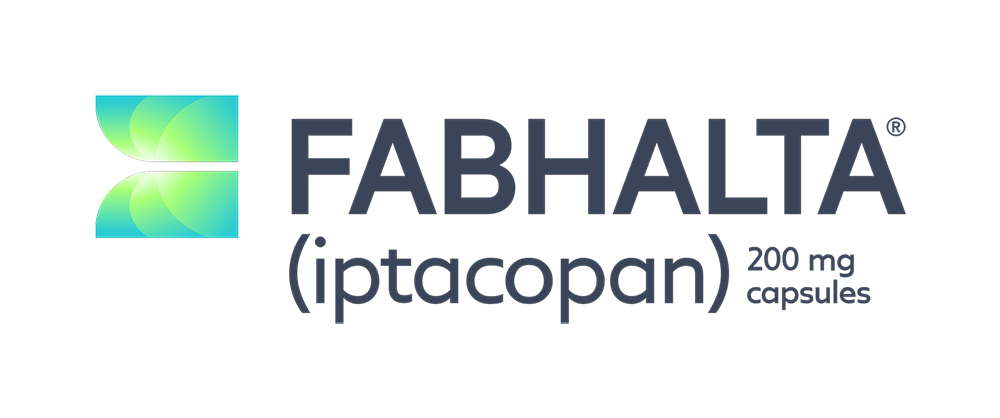
FABHALTA was studied in adults with PNH who had hemoglobin (Hb) levels of <10 g/dL and ≥10 g/dL

97 adults with PNH who had been on a C5 inhibitor (SOLIRIS® or ULTOMIRIS®) for ≥6 months before the study and had Hb levels of <10 g/dL
The effect of switching to FABHALTA (200 mg pill twice daily) after receiving SOLIRIS® or ULTOMIRIS®
*Normal Hb levels vary but are generally between 12-16 g/dL for women and 13-18 g/dL for men.
†Breakthrough hemolysis was defined as a decrease of ≥2 g/dL in Hb when compared to the latest assessment, or any significant PNH-related signs, symptoms, and other lab criteria.

52 adults with PNH who had received a C5 inhibitor (SOLIRIS® or ULTOMIRIS®) for ≥6 months without red blood cell (RBC) transfusions and had Hb levels of ≥10 g/dL
The effect of switching to FABHALTA (200 mg pill twice daily) after receiving SOLIRIS® or ULTOMIRIS®
The 24-week study was primarily set up to determine changes in Hb levels from the start of the study.
The study additionally looked at:
Percentage of people who achieved Hb levels of ≥12 g/dL* without a need for red blood cell (RBC) transfusions
Percentage of people who didn’t need RBC transfusions
Major adverse vascular events, such as stroke, heart attack, or blood clots
Breakthrough hemolysis† while on treatment
Self-reported fatigue
Safety profile
*Normal Hb levels vary but are generally between 12-16 g/dL for women and 13-18 g/dL for men.
†Breakthrough hemolysis was defined as a decrease of ≥2 g/dL in Hb when compared to the latest assessment, or any significant PNH-related signs, symptoms, and other lab criteria.

40 adults with PNH who had Hb levels of <10 g/dL as one of the key study criteria
The effect of FABHALTA (200 mg pill twice daily) on adults with PNH who had never received a complement inhibitor. FABHALTA was not compared to another treatment in this study.
*Normal Hb levels vary but are generally between 12-16 g/dL for women and 13-18 g/dL for men.
†Breakthrough hemolysis was defined as a decrease of ≥2 g/dL in Hb when compared to the latest assessment, or any significant PNH-related signs, symptoms, and other lab criteria.

136 adults with PNH who completed the APPLY or APPOINT studies and continued taking FABHALTA:
The APPLY Study compared adults who switched to FABHALTA with adults who continued on SOLIRIS® or ULTOMIRIS®
The APPOINT Study looked at adults who didn't receive a previous complement inhibitor
The study looked at:
Percentage of people whose Hb levels had increased by ≥2 g/dL or reached Hb levels of ≥12 g/dL without a need for red blood cell (RBC) transfusions
Percentage of people who didn’t need RBC transfusions
Changes in Hb levels over time
Major adverse vascular events, such as stroke, heart attack, or blood clots
Breakthrough hemolysis† while on treatment
Self-reported fatigue
Safety profile
*Normal Hb levels vary but are generally between 12-16 g/dL for women and 13-18 g/dL for men.
†Breakthrough hemolysis was defined as a decrease of ≥2 g/dL in Hb when compared to the latest assessment, or any significant PNH-related signs, symptoms, and other lab criteria.
ULTOMIRIS (ravulizumab-cwvz) and SOLIRIS (eculizumab) are registered trademarks of Alexion Pharmaceuticals, Inc.
Hear from people who went from “fine” to FABHALTA
Use our conversation starter to talk to your doctor about FABHALTA
